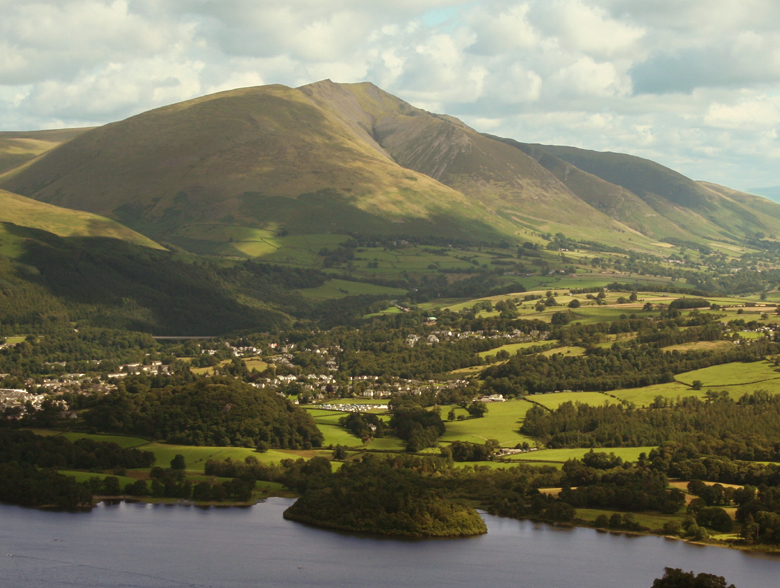If how = on what grounds
If we take this to mean - 'on what grounds should somebody be appointed a judge,' as with any position, it is usually judged best to appoint somebody on merit. There may be, however, some debate as to what constitutes merit - pointedly, whether it is success in cases, academic repute, or years in service, but regardless; the best candidates should get the job. However, in recent years, there has been increased debate as to whether the gender or ethnic minority of the judge in question should allow them to gain some weight over other candidates - i.e. judges should be appointed due to experience gained by natural or cultural differences. Some studies have shown that female judges, for example, are likely to judge in a differing way to their male counterparts in issues of family and children - and this might be seen as favourable, or otherwise. It should be argued that while having as many varieties of cultures and opinions in the profession might be seen as an expression of society, there needs to be some solidarity within the beliefs of the top judges - magistrates are supposed to follow precedent and not be seen as acting "out of the norm," and this must be seen to carry throughout the profession - with the principle that a case could be brought before any number of judges and reach the same judgement.
If we take this to mean - 'on what grounds should somebody be appointed a judge,' as with any position, it is usually judged best to appoint somebody on merit. There may be, however, some debate as to what constitutes merit - pointedly, whether it is success in cases, academic repute, or years in service, but regardless; the best candidates should get the job. However, in recent years, there has been increased debate as to whether the gender or ethnic minority of the judge in question should allow them to gain some weight over other candidates - i.e. judges should be appointed due to experience gained by natural or cultural differences. Some studies have shown that female judges, for example, are likely to judge in a differing way to their male counterparts in issues of family and children - and this might be seen as favourable, or otherwise. It should be argued that while having as many varieties of cultures and opinions in the profession might be seen as an expression of society, there needs to be some solidarity within the beliefs of the top judges - magistrates are supposed to follow precedent and not be seen as acting "out of the norm," and this must be seen to carry throughout the profession - with the principle that a case could be brought before any number of judges and reach the same judgement.
If how = in what way
There is also some argument hinging on who appoints judges and how the system of appointments should be made. For example, should judges be appointed by a
system of government, should this be by election by peers, or should there be some independent commission to complete this task? In this case, we might immediately reject the idea of the government selecting these judges, after all, the whole idea of a 'separation of powers' entirely relies on an independence of the judiciary from the legislature. It would be difficult to argue that the system is entirely independent if the top jobs were allocated by the government, and as such, the top lawyers trying to curry favour with the top politicians. A legal system, indeed, is to hold the legislature - to some extent - to account, and it requires such independence to achieve this. A free and fair election, to some, might also be seen as preferable; with some degree of transparency. However, if we look at how society sees politicians, often as corrupt and not to be trusted - it might be seen that this type of system does not guarantee high quality people in the highest positions. We might even argue that the "common man" is neither interested enough nor educated enough in law to make such a decision - if we take the low turn out at mayoral elections and the AV referendum in 2011 as an example, and even low turnouts at general elections, then we might argue that it would be irresponsible to put such an important decision in the hands of the uninterested commons.
Conclusion
Therefore, such an important decision should be left in the hands of those who are most directly affected by it: every day, lawyers refer to judgments as precedents in everyday cases, and would therefore have a vested interest in electing competent and effective judges. Judges elected by their peers would most likely be the most knowledgeable, personable and have the best track record - those who work beside them or have read articles written by them would be the most qualified to judge their merit, and to decide whether they would be best suited to the role.





